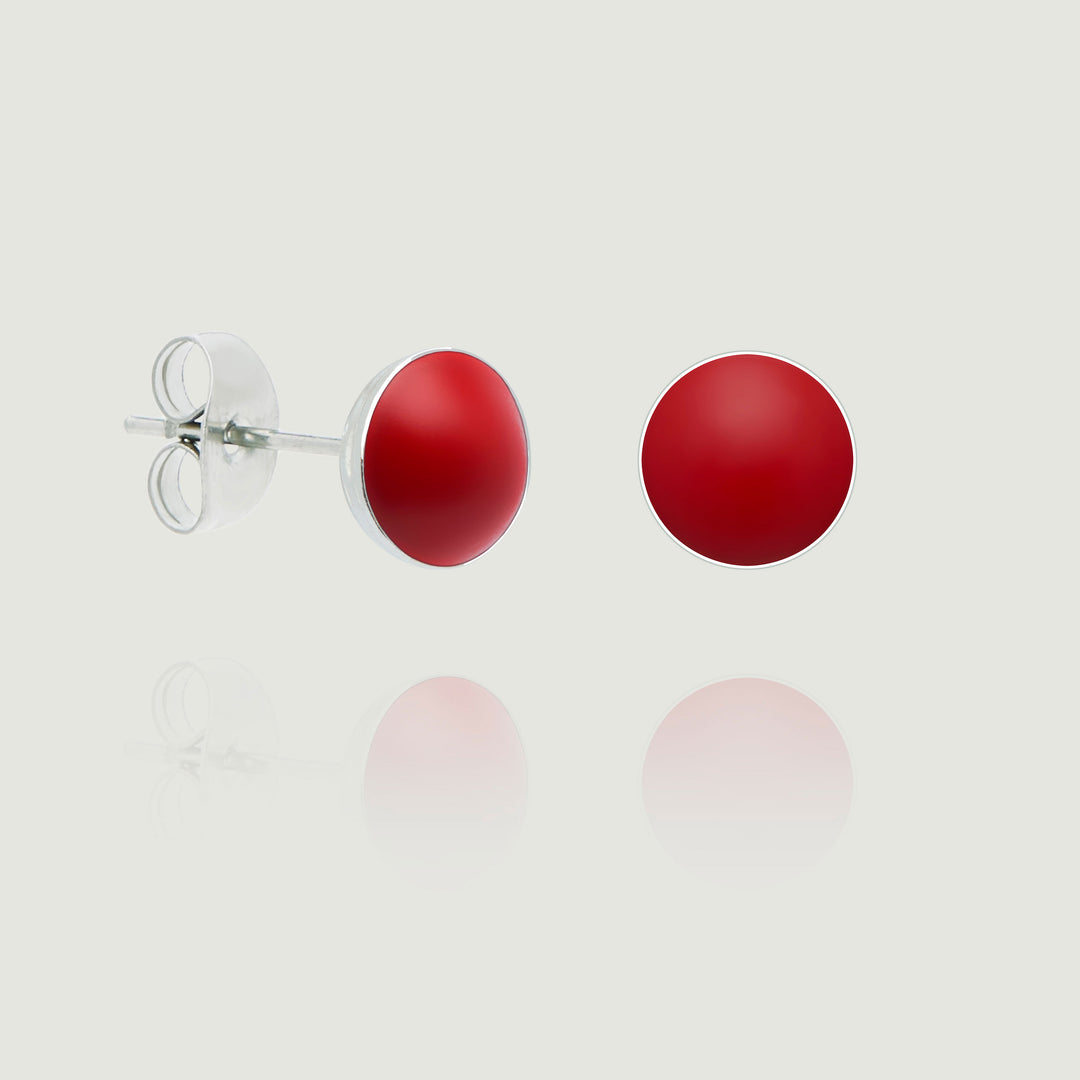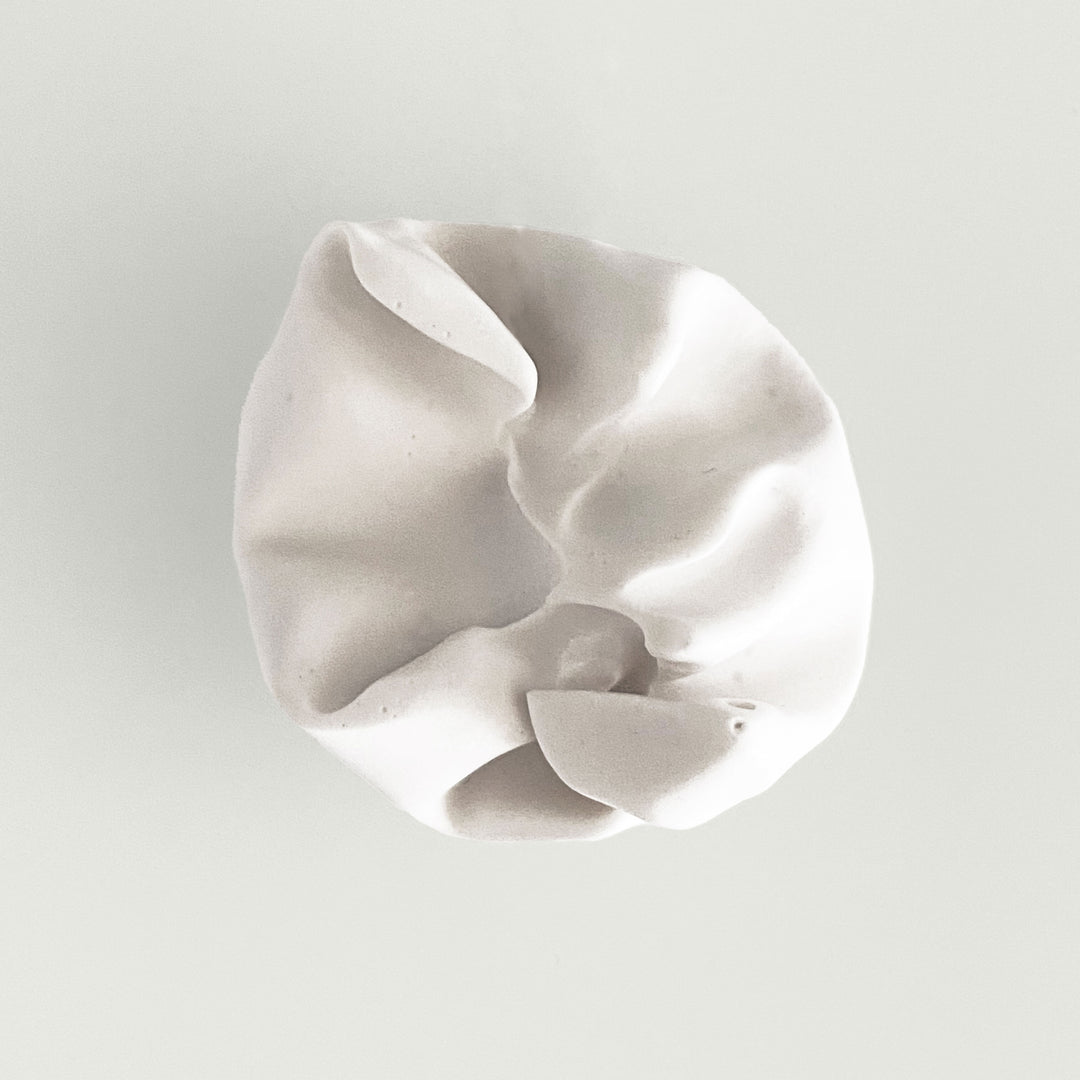RAW BEAUTY
Concrete, rough surface, massive forms, unusual shapes, expression of structure, and a lot of debate if it is beautiful or not; we are talking about brutalism, the architectural movement that emerged in the 50s and grew in popularity until the mid-70s when it became the symbol of bad taste.
It is true that its imposing and geometric buildings, exposing everything, is not everyone's cup of tea, but love it or hate it, you cannot deny its presence.

Despite what you might think, the movement (its name and buildings) there's nothing to do with brutality; it derives from the French béton brut, which means raw concrete; the term was first used by Alison Smithson in 1953 for an unexecuted project for a house in Soho, London.
When Europe was remerging from the Second World War, a solid structure focused on the practicality of its inhabitants and, most of all, reverence for the materials exposing them to everyone made sense.
In England, its birthplace, brutalist architecture was primarily used for institutional buildings, later gravitating towards residential buildings to address the critical housing situation the country was (and still is) facing.
The National Theatre, the Barbican Estate and the Trellick Tower are some examples of this architecture in London.
A curious fact; Ernö Goldfinger, the architect most known for the design of Trellick Tower, had his style hated so much by Ian Fleming that the author named one of James Bond's adversaries and villains in his 'homage'.

From its start until its downfall, brutalism architecture never really died. From time to time, we have some buildings reviving the style or some architecture being influenced by it.
Also, its characteristics 'spilt' to other areas and today, you can see lighting and wall sculptures, consoles, sideboards and armoires caring a brutalist aesthetic. You know that concrete vase or lamp? It all has a brutalism touch.
I am a big fan of the brutalism movement. It is an architecture that I have always admired, and I try to bring a bit of it to my pieces like the Oscar Stud Earrings or Oscar Stud Pendant Earrings… where the beauty is in its raw materials natural imperfections.
What about you? Do you like the style?
Have a look at my pieces that have a touch of brutalism.
X
Joana





















